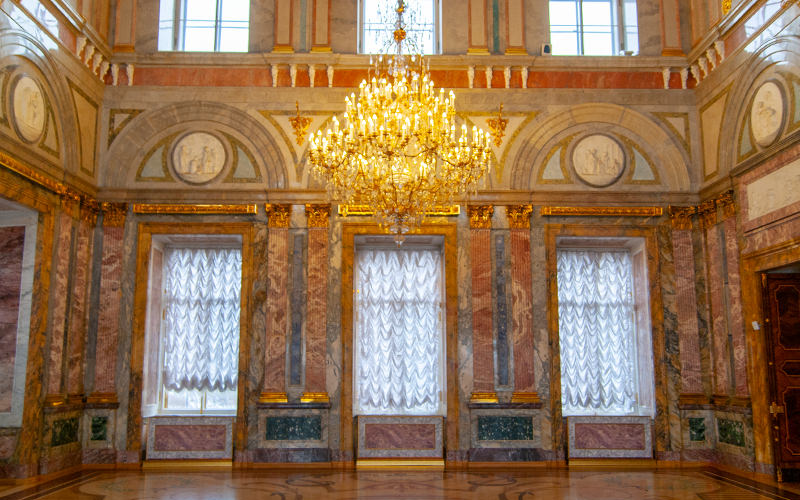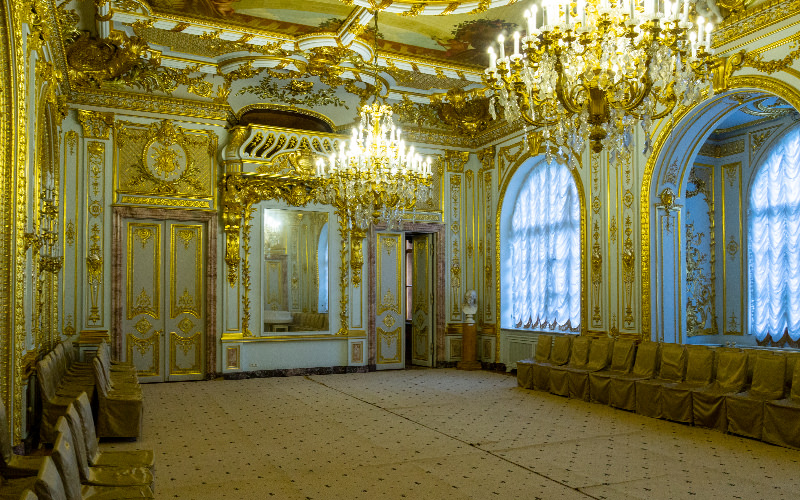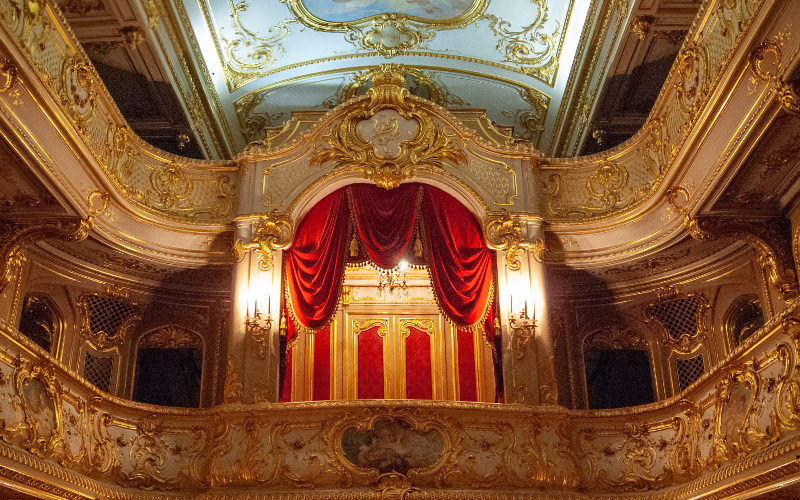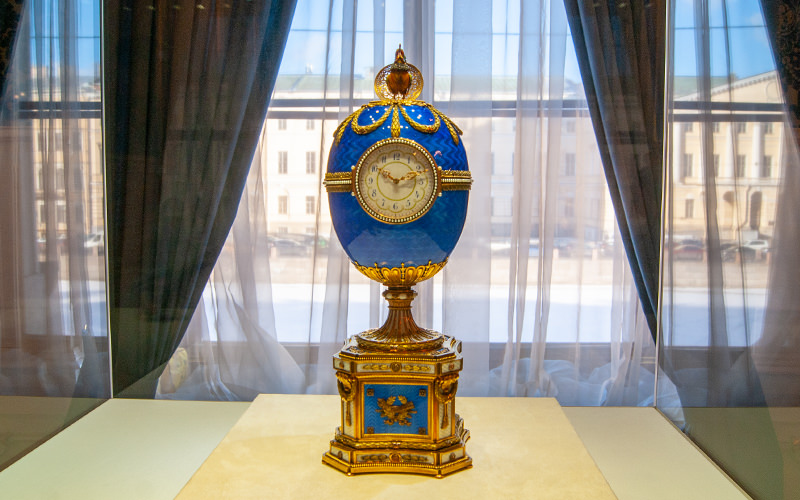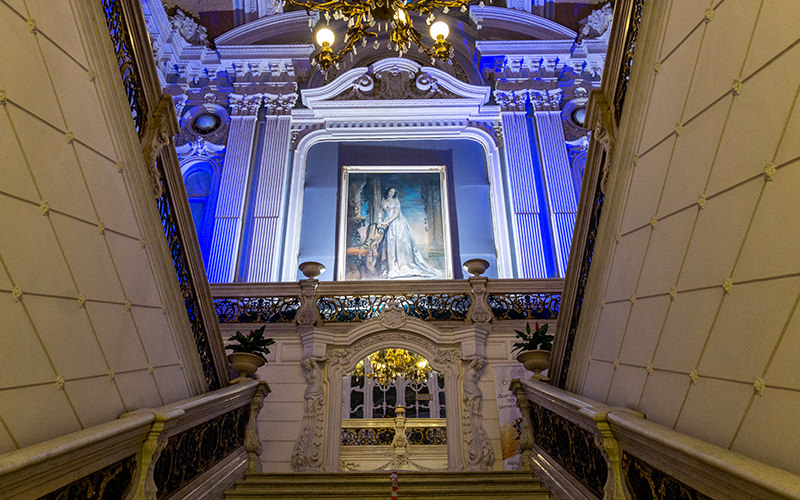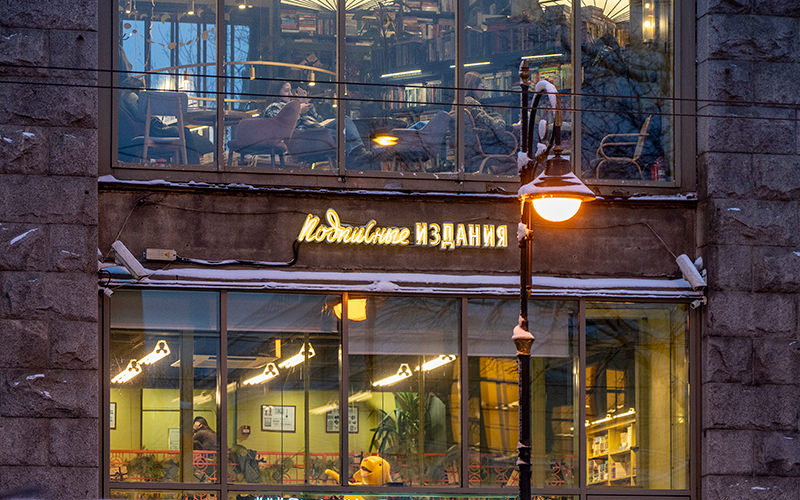Sheremetev Palace in Saint Petersburg (also known as Fountain House) is an 18th-century architectural monument. Since the time of Peter the Great, this area was granted by the tsar to Count Boris Petrovich Sheremetev. Due to the building's convenient location on the Fontanka River embankment, not far from Nevsky Prospekt, many tourists have seen the elegant fence and the strict, old-fashioned exterior of the palace. Today, however, we will discuss the interior decor and rich history of the Fountain House.
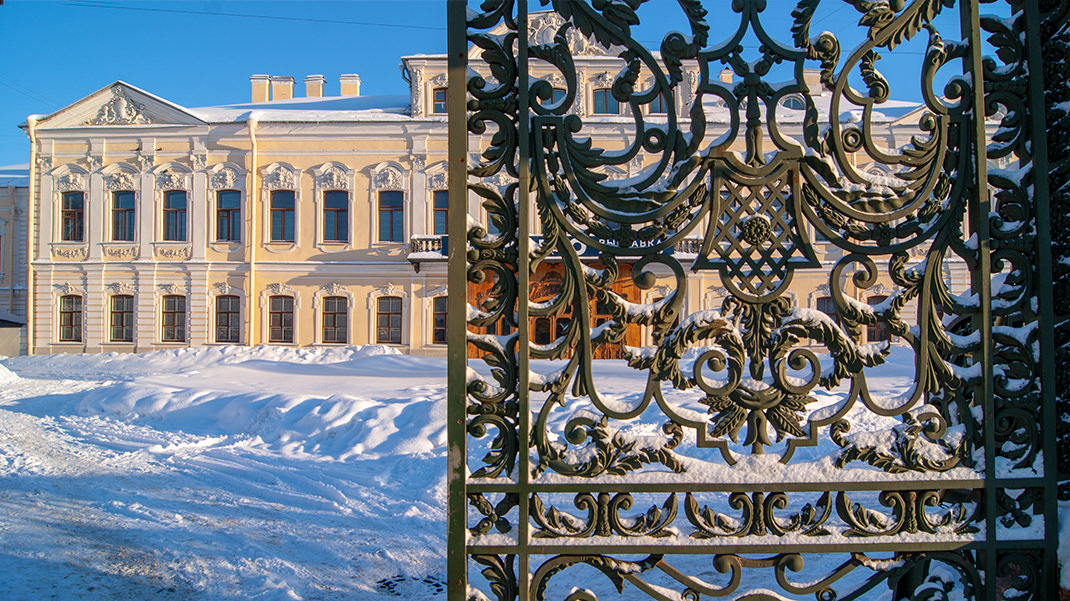
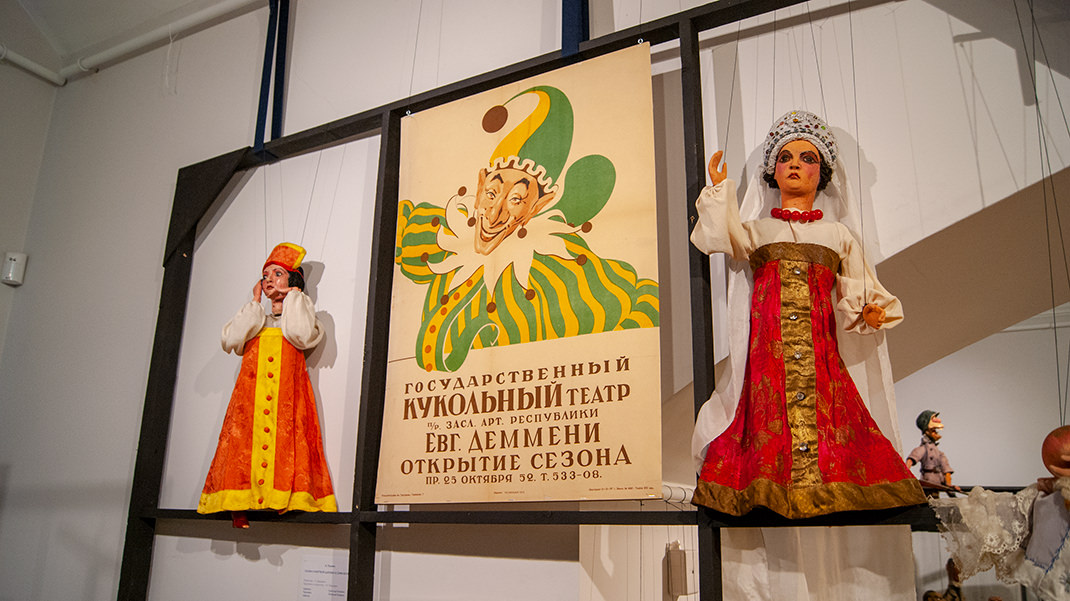
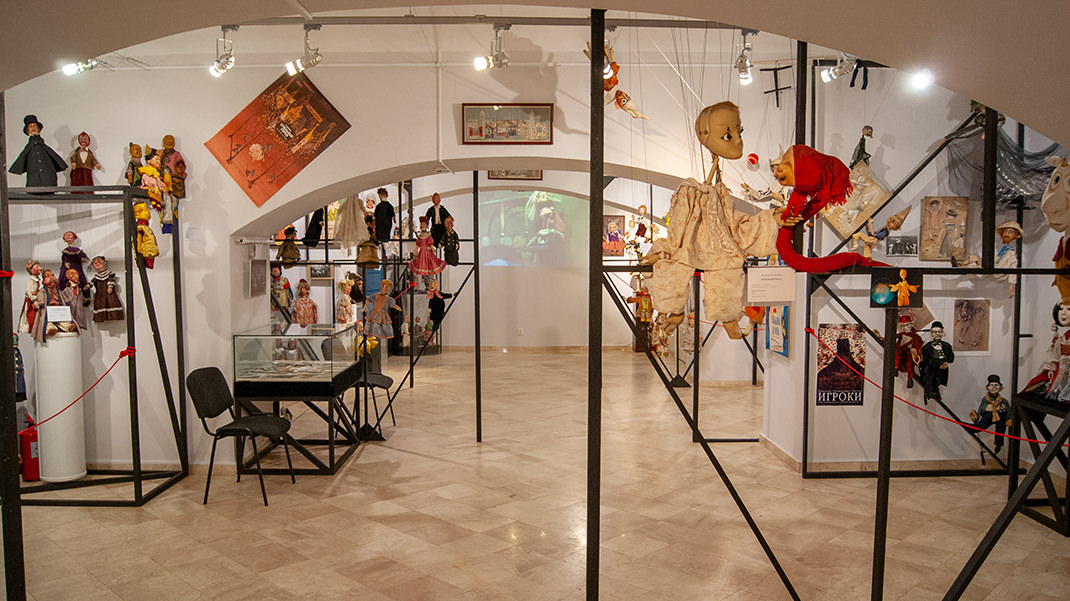
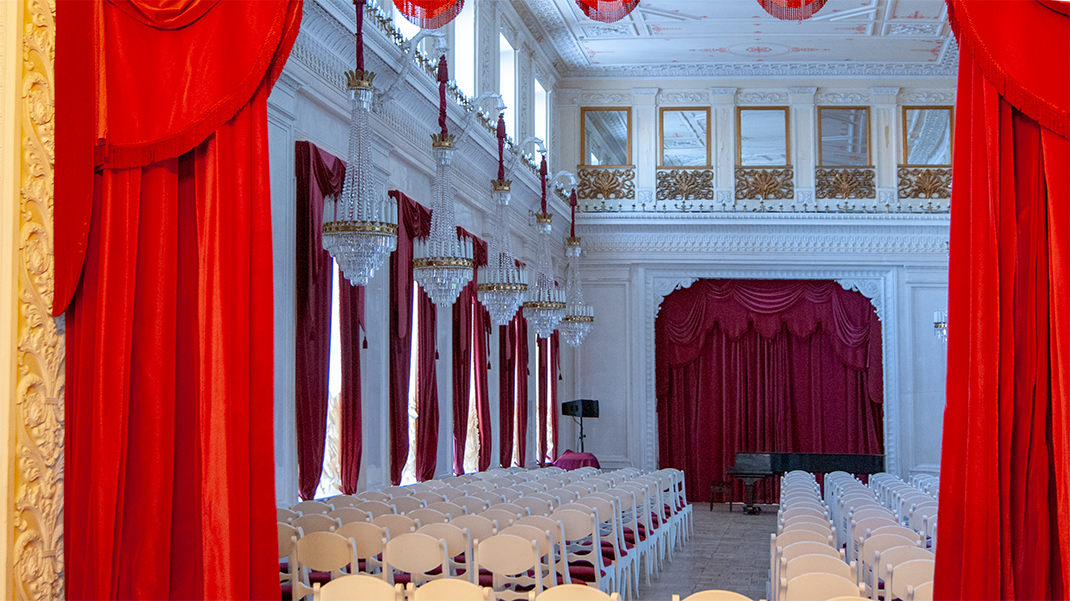
How to Get There
The nearest metro stations are “Mayakovskaya” and “Gostiny Dvor.” A walk from either station to the palace will take no more than fifteen minutes. The price of an adult ticket is 300 rubles (as of winter 2019).
The palace features two exhibitions: "Enfilade of the Palace's State Rooms" and "Open Collections." It's best to check the times for tours in advance.
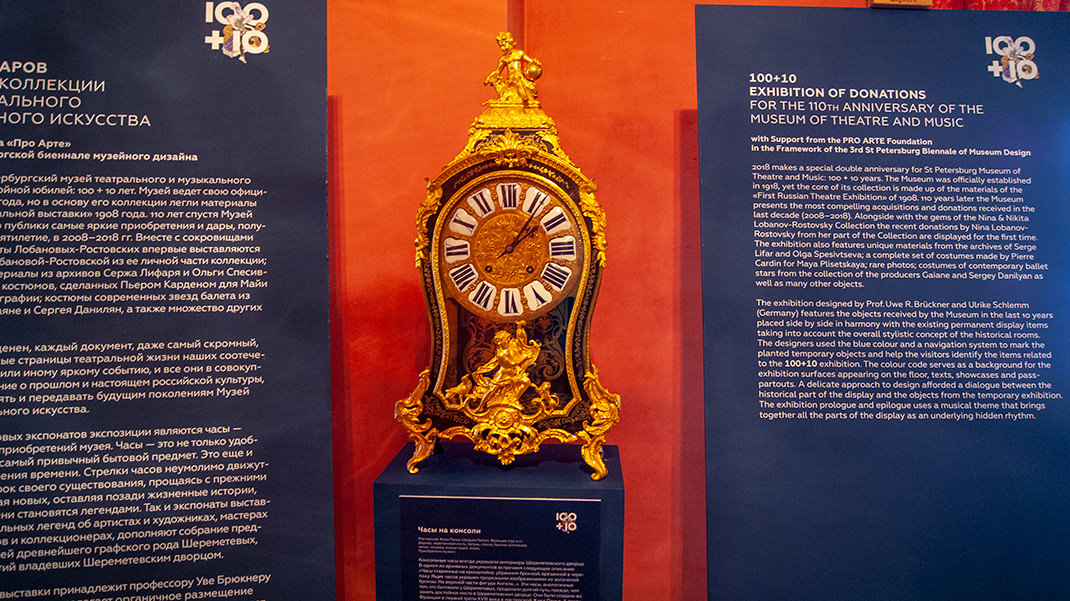
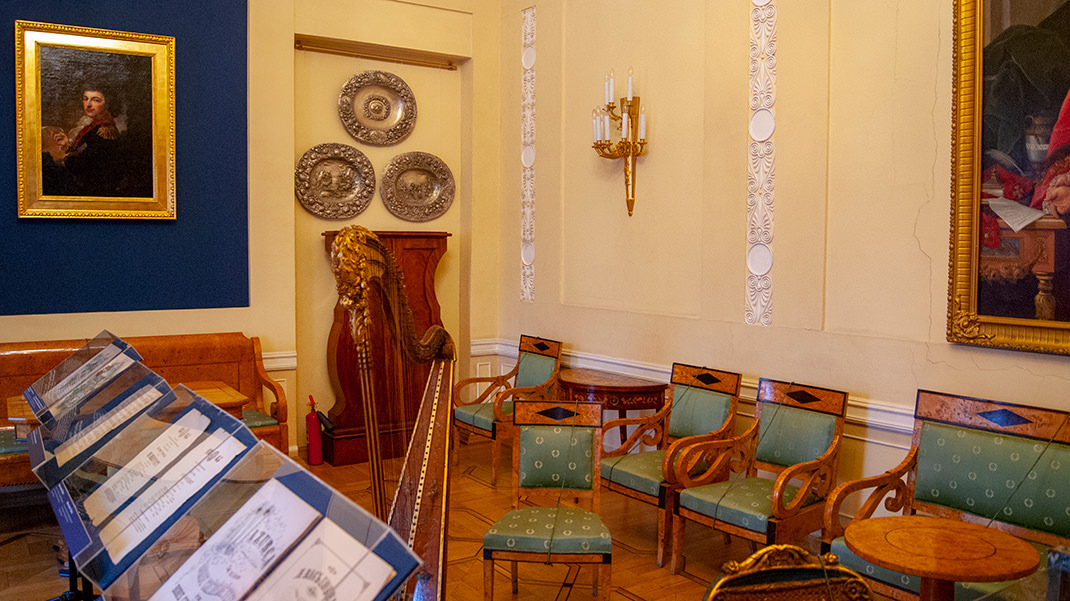
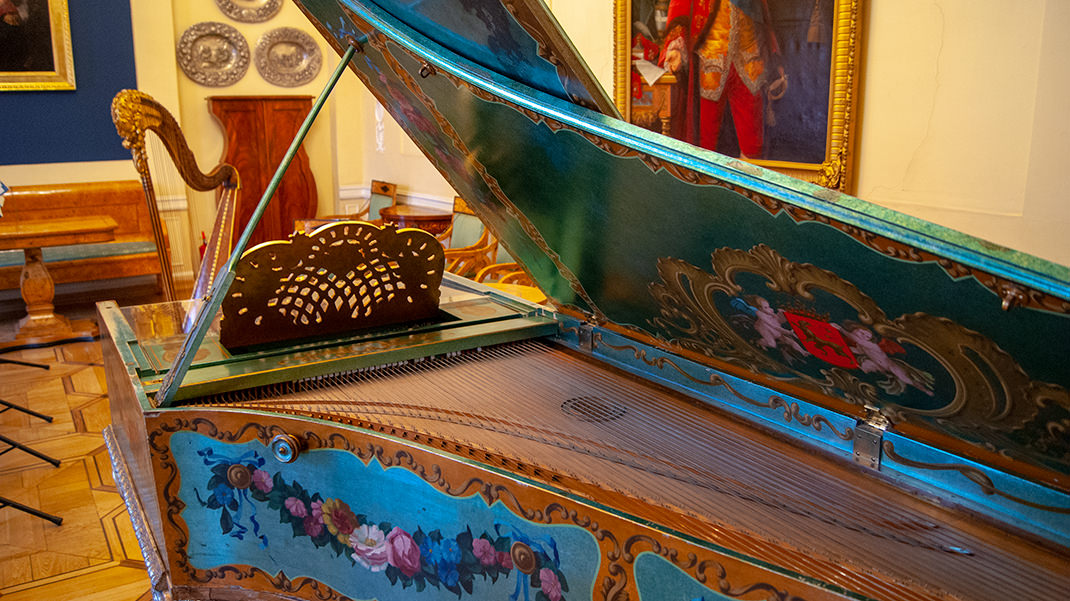
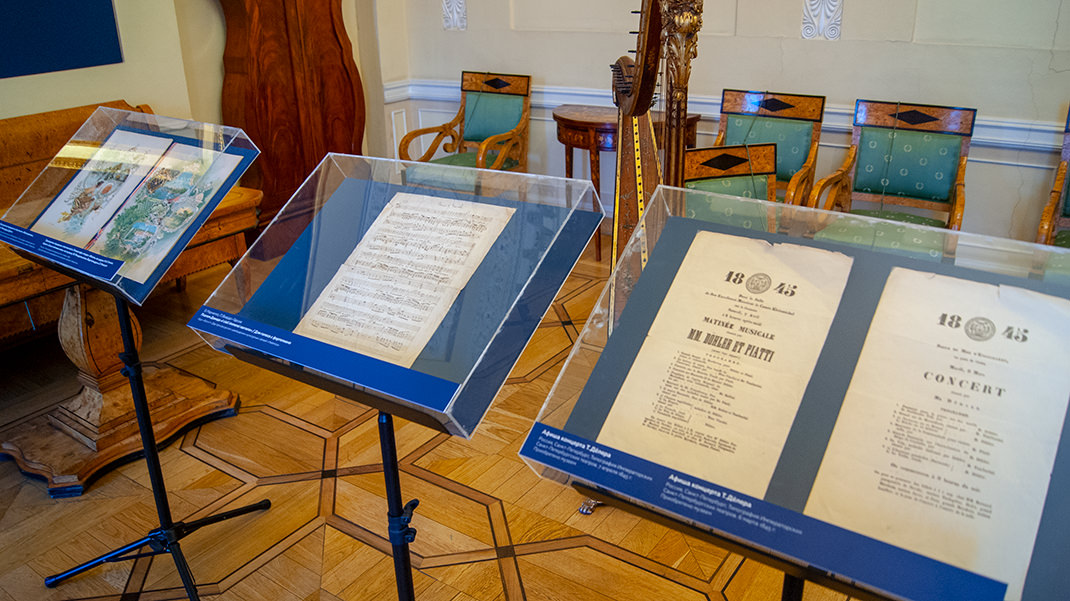
Having visited the nearby Stroganov Palace a week earlier, I attributed the lack of visitors to the poor weather and recent January holidays. Now, I can confidently say that if you want to visit a palace in central St. Petersburg, come in January. There will be not just few, but no visitors at all. You can wander through the palace's ancient interiors and imagine yourself as its owner. Or simply take great photos without the crowds of tourists. By the way, this rule (again, based on my observations) does not apply to the Yusupov Palace on the Moika River, where there are always many visitors.
A Bit of History
The one-story palace in the Russian Baroque style was built on this site between 1730 and 1740. Later, a second floor was added to the building. As you might guess, its second name—Fountain House—came from its close proximity to the Fontanka River. Over time, the palace underwent numerous reconstructions. Notable architects involved in its development included Giacomo Quarenghi (Alexander Palace in Tsarskoye Selo, Hermitage Theatre) and Andrei Voronikhin (Stroganov Palace, Kazan Cathedral). The palace belonged to several generations of the Sheremetev family, though its early owners were often in Moscow and did not favor the local climate.
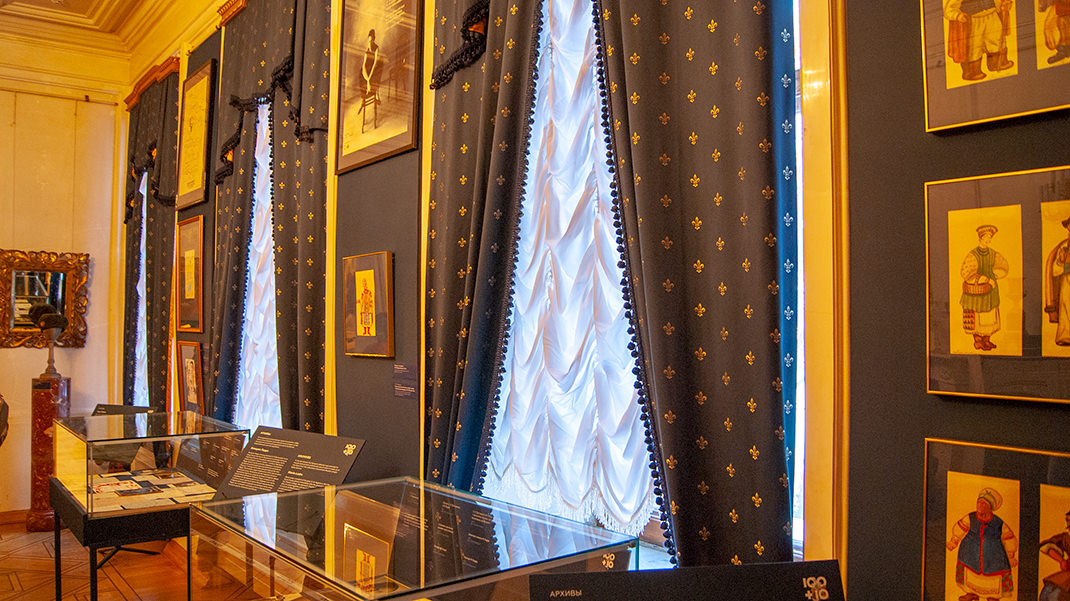
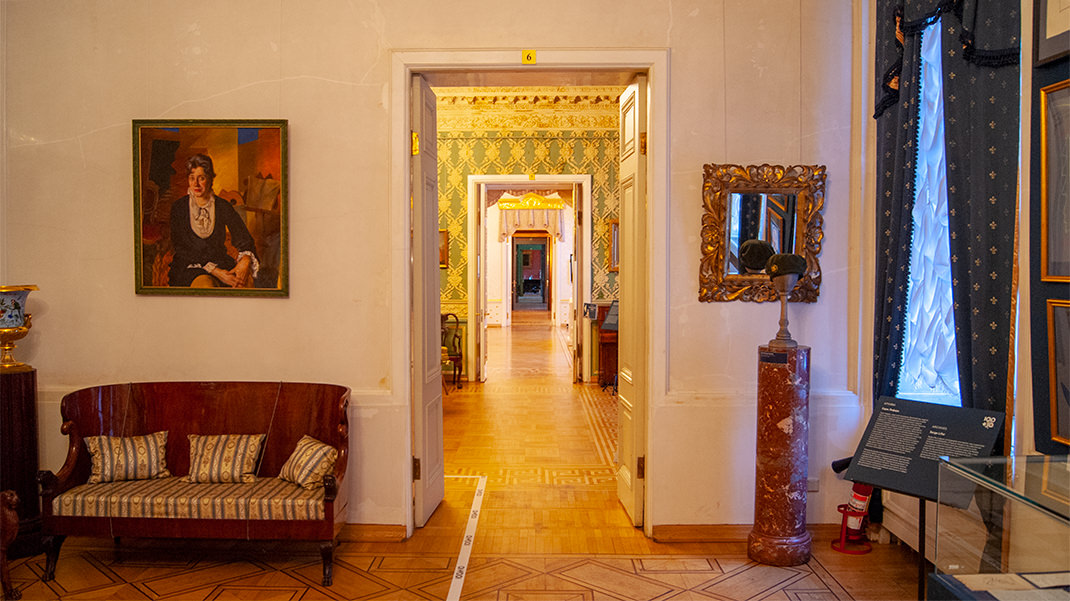
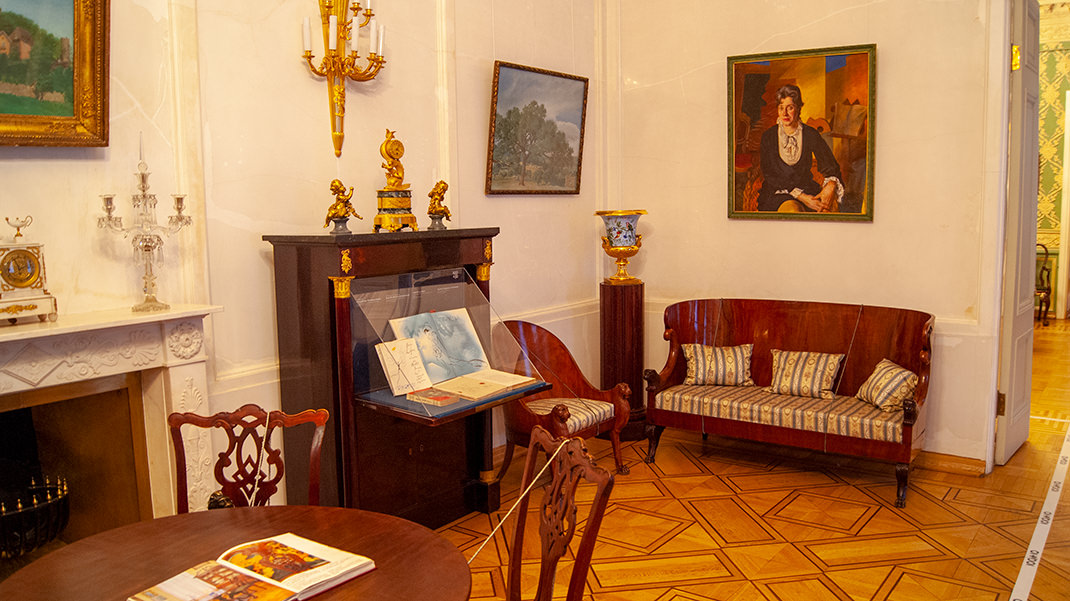
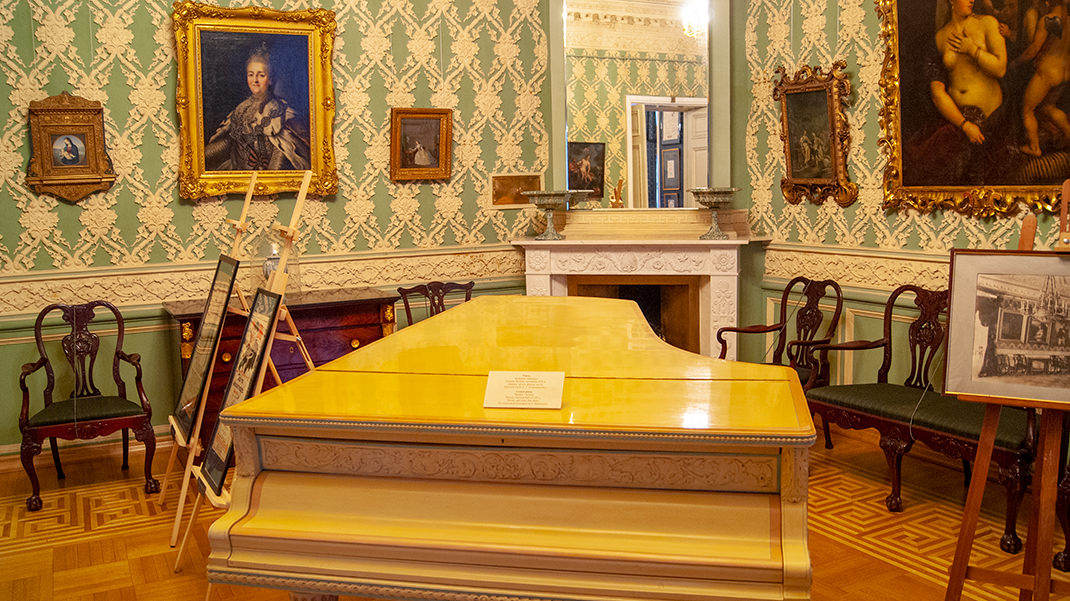
From the mid-1920s, the southern wing of the palace was home to the poetess Anna Andreyevna Akhmatova. Her son, Lev Gumilev, lived there for a while in a small corridor. From there, he and Nikolai Punin were taken away by NKVD officers. Today, this part of the palace houses the Akhmatova Museum.
The famous Russian noble family, the Sheremetevs, also gained fame for their patronage of the arts. The first owner of the palace, Pyotr Borisovich Sheremetev, established a ballet and painting school, as well as a serf theater within its walls. Although the building later housed various organizations during the Soviet era, today Sheremetev Palace is home to a music museum.
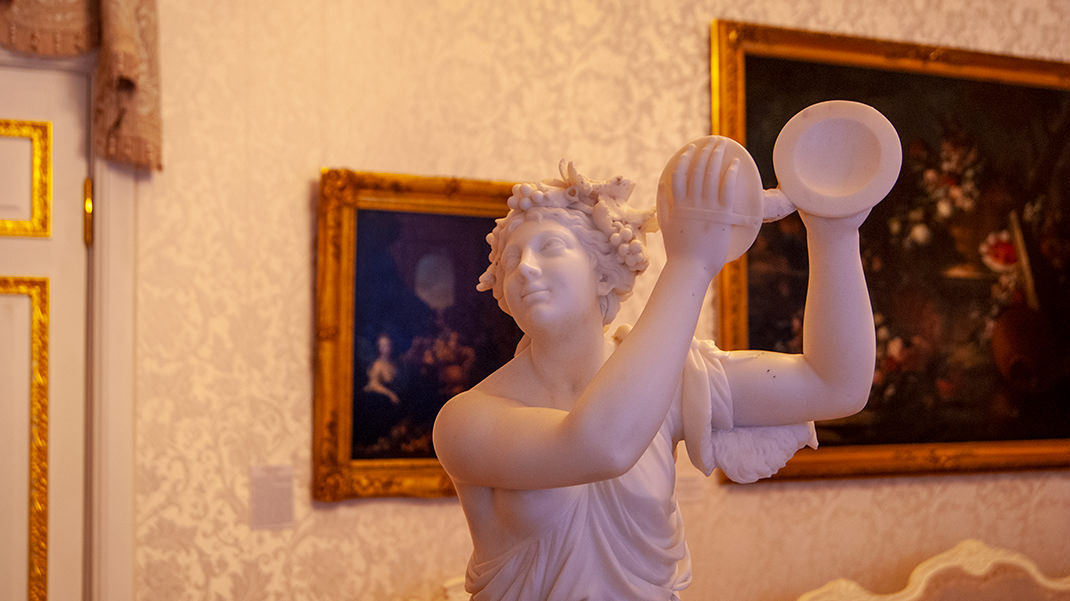
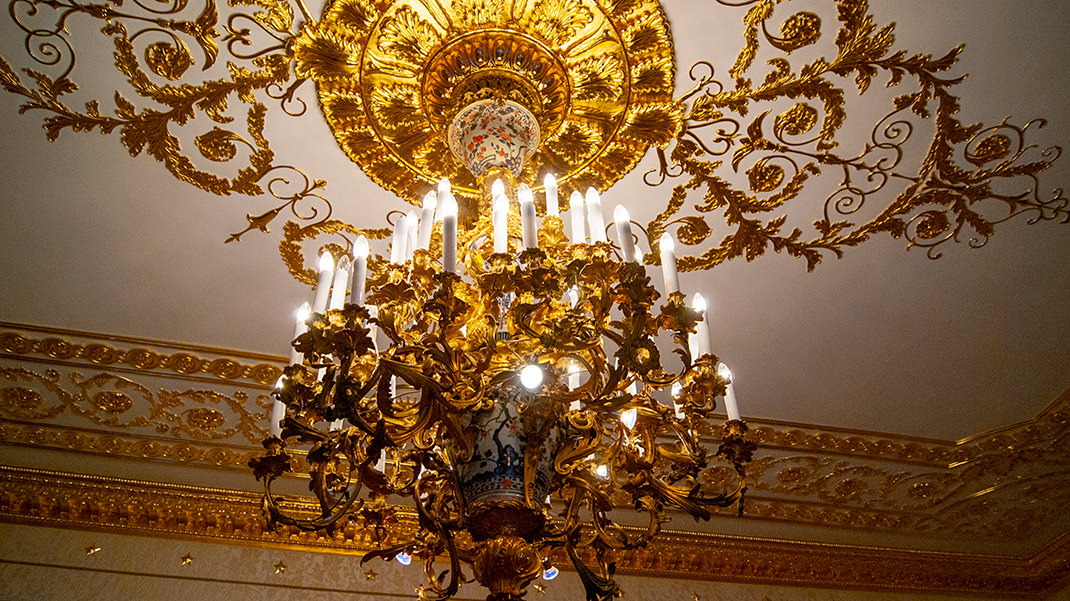
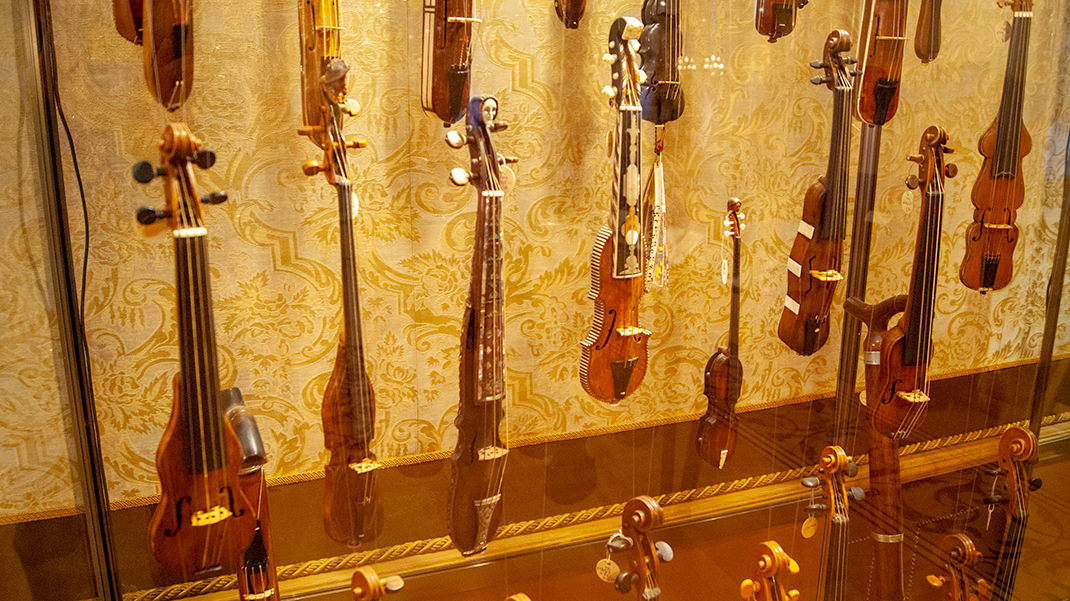
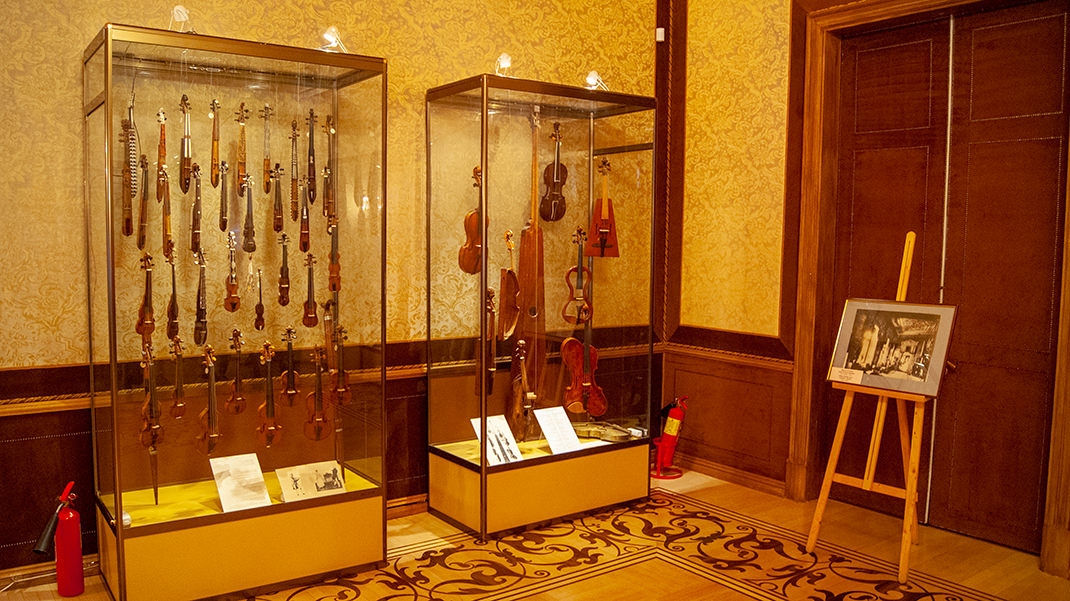
Unfortunately, many interiors and artworks have been lost or transferred to other museums. However, the staff at the Fountain House deserve credit for constantly updating the collections and working with other museums to organize temporary exhibitions. Moreover, it houses the largest collection of musical instruments in Russia.
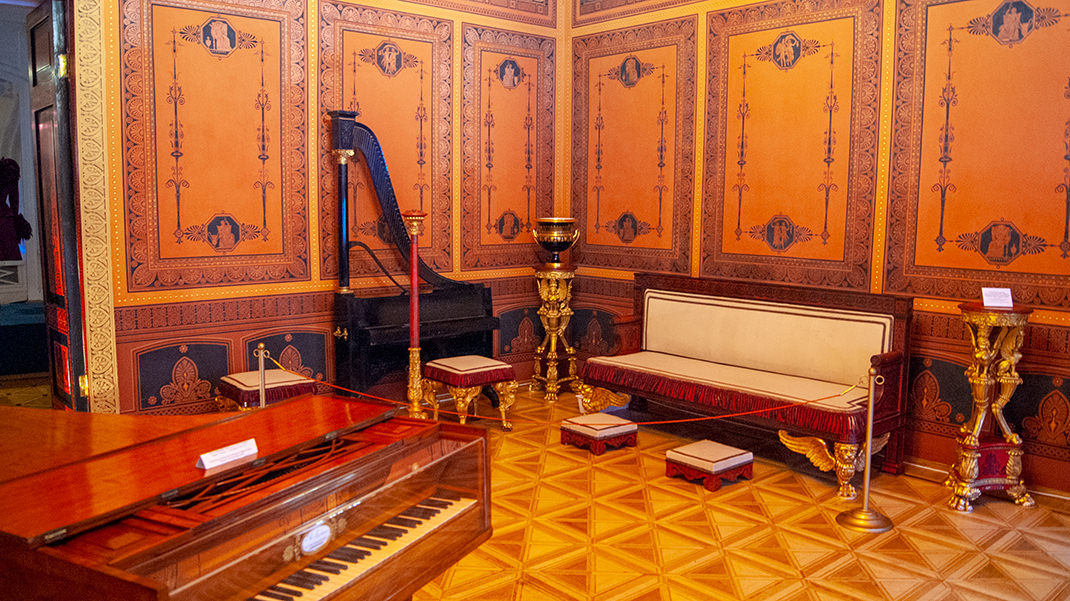
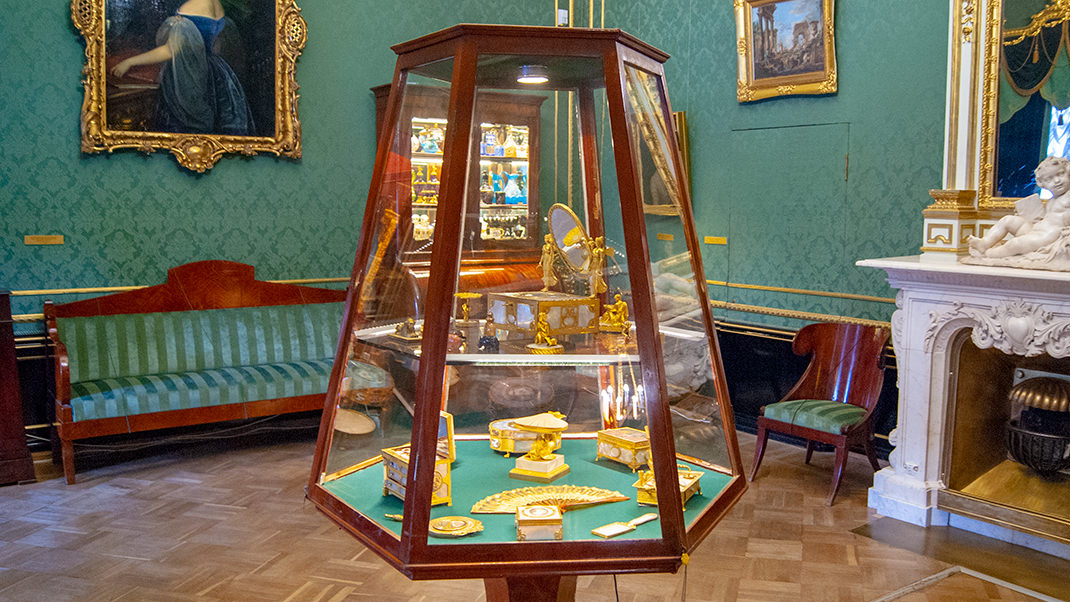
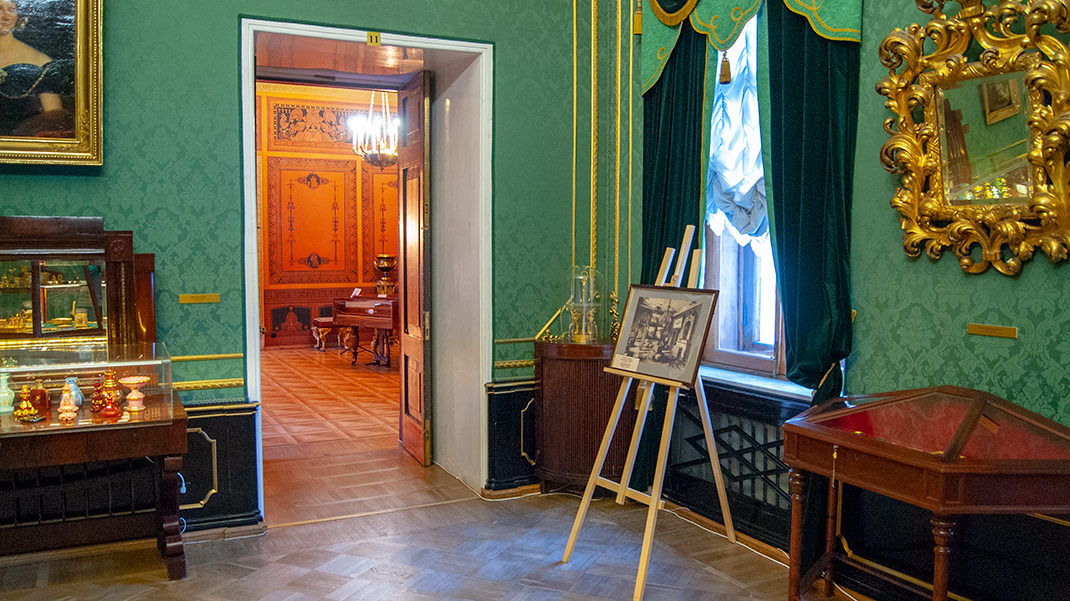

Another example of the love for art in the history of St. Petersburg architecture is the Yusupov Palace on the Moika River. There, you can see a luxurious private theater that was enjoyed not only by the palace’s residents but also by Emperor Nicholas II, for example.
In summary:
- The museum features two exhibitions—one on the state rooms and one on musical instruments. Choose the one that interests you more, or combine both in one day;
- I recommend purchasing a ticket with a guided tour to learn more about the rich history of the palace and the Sheremetev family;
- The museum is conveniently located—easy to reach from the metro in winter and a pleasant walk along the historic embankment in summer.


